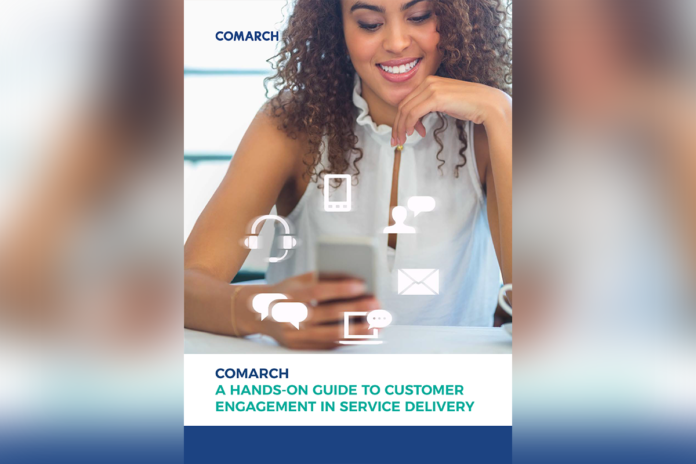Many field service organizations are innovating to enhance the customer experience they deliver. They are integrating existing technology and data analysis capabilities using field service management solutions to automate customer interaction and predict and prevent issues.
Some, though, still rely on manual operations and multiple systems, which are cumbersome, maintenance heavy, and leave little time to focus on customer experience.
In delivering top-class customer experience, it is vital to understand customer journey mapping and virtual customer assistance. Customer journey mapping involves analyzing interaction points and motivations, so organizations can plan service delivery optimally while letting customers take the lead in many interactions. For example, a client who wishes to change an appointment can do so using the communication channel of their choice whenever they wish. Automating this re-scheduling on the provider side means field service resources can be optimized internally too.
Integrated virtual customer assistance, meanwhile, automates work order generation so call center employees can focus on analyzing and understanding customers, handle more complex issues, and use data to make intelligent decisions about the most relevant offers and solutions for each client.


